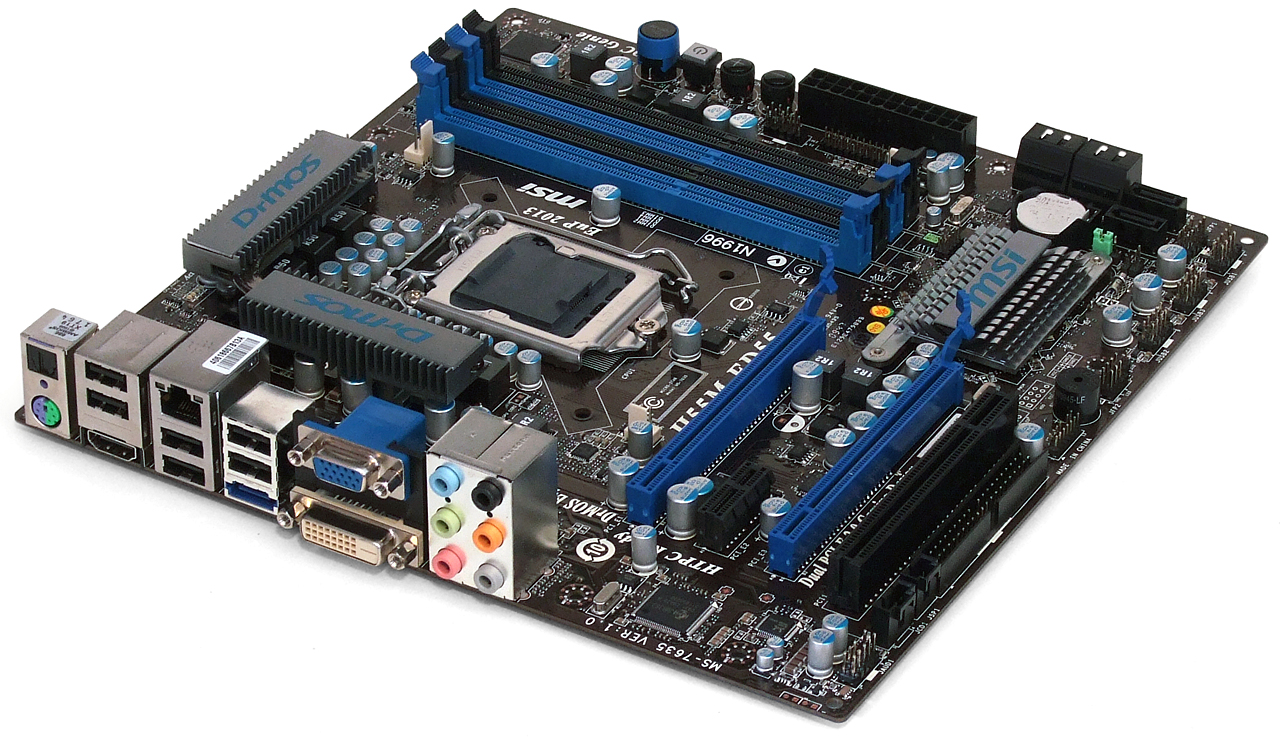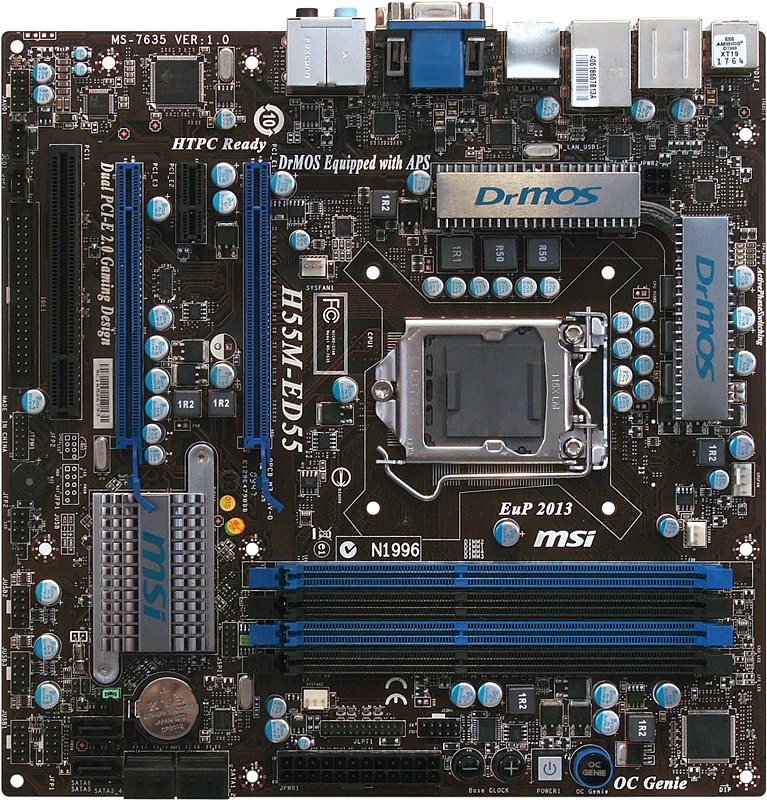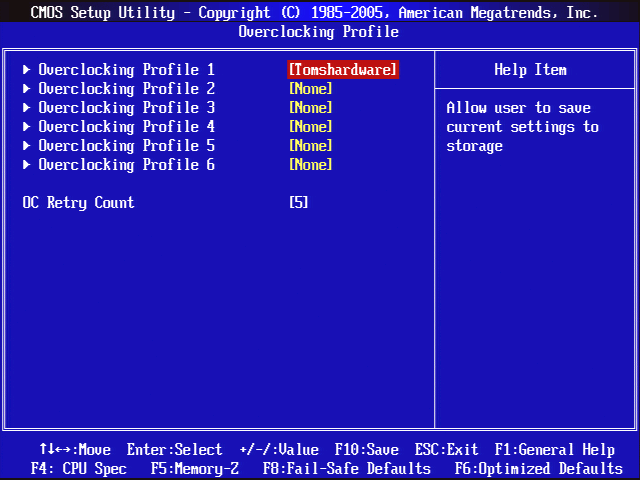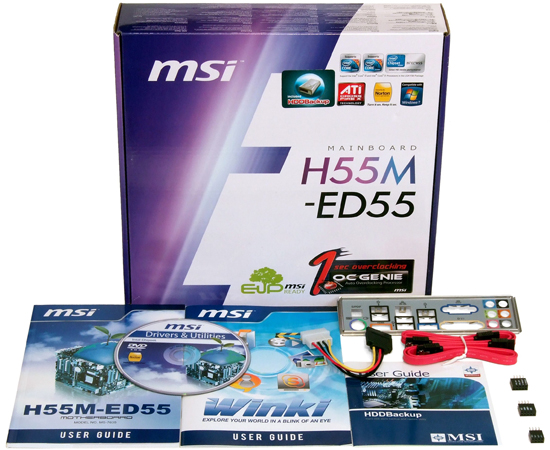Budget Computing: Nine H55 And H57 Motherboards Compared
MSI H55M-ED55
With another gamer-oriented microATX design, MSI is ready to also please the non-gaming crowd with DVI, HDMI, and VGA ports that can support two monitors through a Clarkdale processor’s integrated graphics engine.
MSI keeps overclockers in the loop with a five-phase voltage regulator similar to those on some of its full-sized motherboards, although we wouldn’t shoot for 4.0 GHz on anything more power hungry than a dual-core. MSI even adds its OC Genie hardware overclocking buttons to the H55M-ED55’s front edge to capture the hearts of Clarkdale overclockers.
A pair of PCIe x16-length slots completes the motherboard’s gamer appearance, although the second slot is fed by four half-speed lanes through the platform controller hub. The take-away for graphics card users is that the H55M-ED55 could be a great option for single-card compact-gaming machines, media centers that have gaming capabilities, and with its x16 slot in the top position, even slim-line cases that use a riser card for graphics upgrades. Enhanced overclocking features and a favorable slot layout match this board against several P55 predecessors, including MSI’s own P55M-GD45, while the reasonable selection of on-board video connections attempts to spread its appeal to integrated graphics users.
However, our own build experience tells us that the H55M-ED55’s layout won’t be perfect for some compact system builders. For example, four of the SATA connectors that face forward do a great job of allowing long graphics cards to fit, yet many microATX cases don’t have room to insert cables from this direction. And recent efforts, such as our PC-V351 case review, have proven that putting the front-panel audio connector in the bottom-rear corner is a bad idea.
There’s also the small problem that most mid-market and better microATX cases have a front-panel FireWire port, which is a controller not found on the H55M-GD55. While we can balance the fact that most people no longer use FireWire against the fact that most people hate nonfunctional front-panel connections, we have to wonder how artfully professional builders will be able to disclose this to their customers.
BIOS Features
As a compact-performance design, the H55M-ED55 includes the full range of overclocking features expected of larger, similarly priced “budget enthusiast” models.
Get Tom's Hardware's best news and in-depth reviews, straight to your inbox.

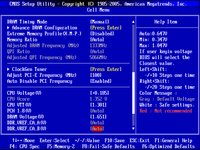
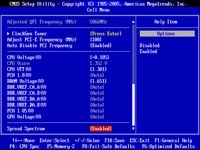
For example, the H55M-ED55 supports setting the CPU up to 0.3V above stock and memory up to 2.43V, perfect for those “suicide run” budget-overclocking competitions. MSI also adds vREF for memory overclockers and GPU voltage for those seeking integrated graphics performance records in 3DMark.
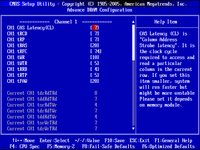
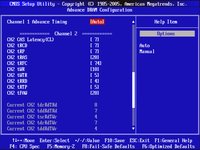
As with its larger siblings, the H55M-ED55 makes tweaking a bit more difficult than it needs to be with its inability to set both memory channels simultaneously in manual mode. Tuners must remember to scroll through the menu and repeat their settings to the second memory channel, although the range of settings is at least adequate.
One of the most useful items MSI provides in the BIOS of every performance motherboard is a user profile page, while this one allows up to six BIOS configurations to be saved in a protected area of the BIOS IC.
Accessories
Layout and overclocking features aside, MSI reminds us that the H55M-ED55 is a value-oriented solution by providing four SATA data cables and a single SATA power adapter in its installation kit.
